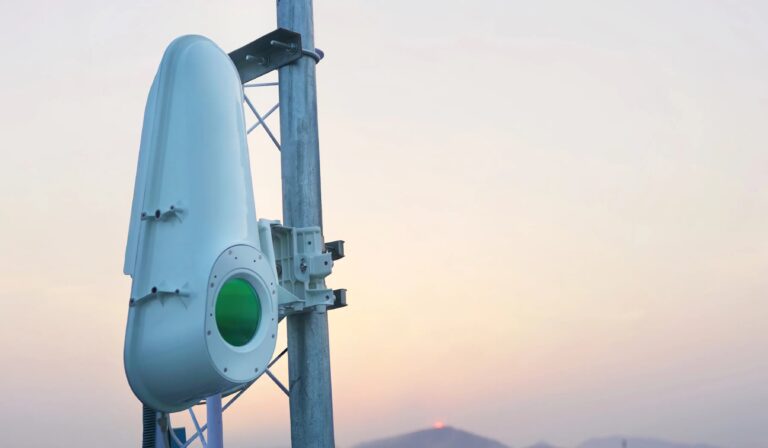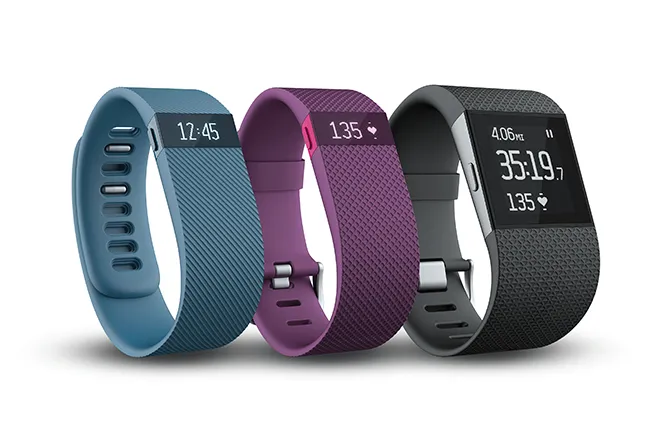Malware, a term derived from “malicious software,” is a digital menace that has become a concerning issue in the world of technology. These malicious programs are designed with harmful intent; to infiltrate computer systems, steal information, disrupt operations, and, in some cases, wreak havoc on a global scale.
The world of malware extends far beyond the realm of software threats, with the potential to reach into the very heart of our computers. While malware primarily targets software and data, it is important to understand that certain types of malware can indirectly cause harm to the hardware components of your computer.
The degree of damage can vary, ranging from minor issues that can be fixed easily to severe and costly damage that may render your hardware irreparable.
One way that malware can harm PC hardware is through overuse or overheating. Some malware strains, like cryptocurrency mining malware, can exploit a computer’s processing power to mine digital currencies. This process is highly resource-intensive, causing the CPU and GPU to work at full capacity for extended periods. The increased workload can lead to overheating, potentially damaging the components.
Another risk comes from firmware-based malware. Firmware is the software that’s permanently stored on a computer’s hardware components, like the motherboard or hard drive. If malware infects the firmware, it can cause long-term damage to the hardware. For instance, the infamous “Stuxnet” worm was designed to target specific industrial control systems and manipulate their firmware, causing damage to the hardware.

Malware can also facilitate damage indirectly by causing data loss or corruption. For example, ransomware can encrypt your files, making them inaccessible until you pay a ransom. If you don’t have backups, this data loss can have severe consequences for your work. While this doesn’t directly damage hardware, it can result in the need for costly data recovery or hardware replacement if not addressed promptly.
To protect your PC hardware from the damage caused by malware, you need to follow best practices for cybersecurity. This includes keeping your operating system and antivirus software up to date, regularly scanning for malware, and avoiding suspicious downloads and websites.
While the primary target of malware is software and data, it is indeed possible for malicious software to indirectly cause damage to PC hardware. Understanding the risks and taking proactive measures is necessary for ensuring the longevity and reliability of your hardware.

Also Read: Overlooked Smartphone Features You Might Not Know About
Does Computer Hardware get Slower with Age?
Computer hardware can slow down with age, and this phenomenon is quite common. It’s not just you; it happens to all computers as they get older. The reasons behind this slowdown are multifaceted.
- Wear and Tear: Like any piece of machinery, computers experience wear and tear over time. The internal components, such as the hard drive, processor, and fans, can accumulate dust. This can lead to decreased efficiency and, subsequently, slower performance.
- Software Demands: As time goes on, applications become more demanding in terms of system resources. What used to run smoothly on your computer may now require more processing power and memory. This growing gap between hardware capabilities and software requirements can lead to noticeable slowdowns.
- Updates: Software updates and new versions often tailor to more modern hardware. While these updates can provide new features and security enhancements, they can also strain older hardware, causing performance issues.
- Fragmented Data: The hard drive in your computer can become fragmented as you save, delete, and modify files over time. This fragmentation means that data is scattered across different sectors of the drive, making it slower to retrieve.
- Aging Components: Computer components have a finite lifespan. Over time, the electrical connections on the motherboard can degrade, capacitors can fail, and fans may wear out. These hardware issues can lead to reduced performance and malfunctions.
- Resource Hogging: Background processes and applications can consume system resources, even when you’re not actively using them. These resource-hogging tasks can slow down your computer’s overall performance.
- Accumulated Software: Over time, most users install numerous programs, some of which may run in the background or at startup. These accumulate over the years and can cause slower boot times and overall system performance.
- Lack of Maintenance: Regular maintenance, such as cleaning out dust, updating software, and optimizing the system, is often overlooked. Neglecting these tasks can contribute to the aging hardware’s slowdown.
While computer hardware does slow down with age, there are steps you can take to lessen this effect and extend your system’s useful life. Regular maintenance, such as cleaning and upgrading components like the hard drive or adding more RAM, can breathe new life into an aging computer. Also, keeping your software up to date and being mindful of the applications you install can help prevent unnecessary slowdowns.




